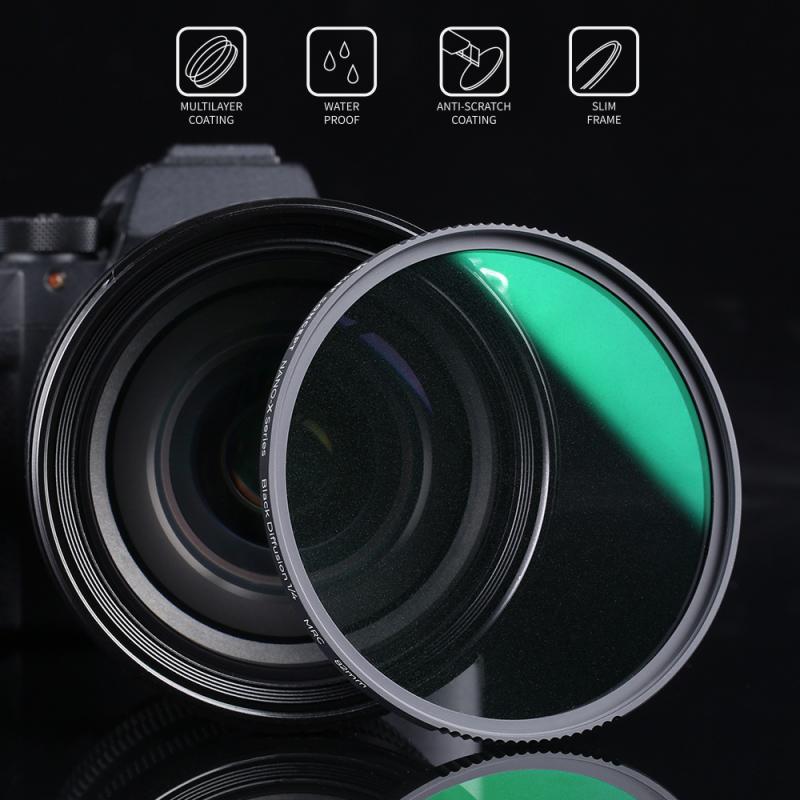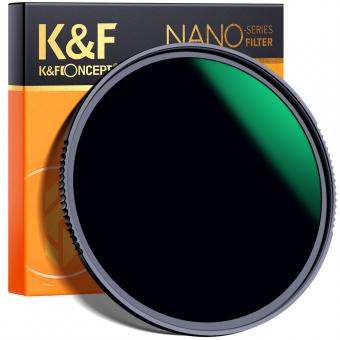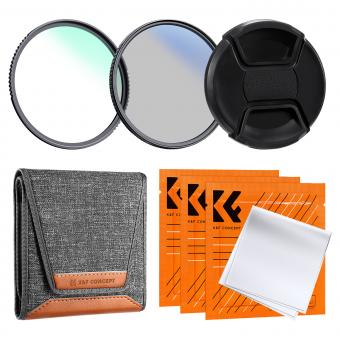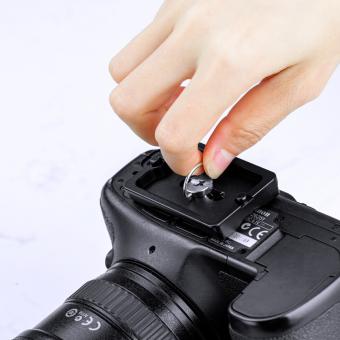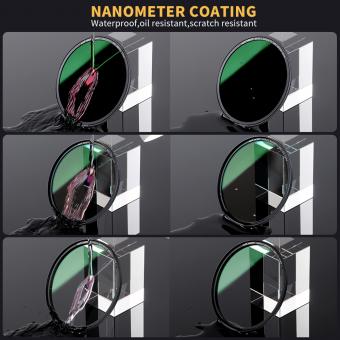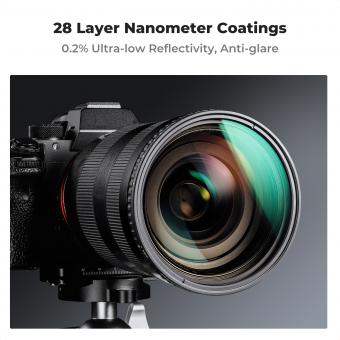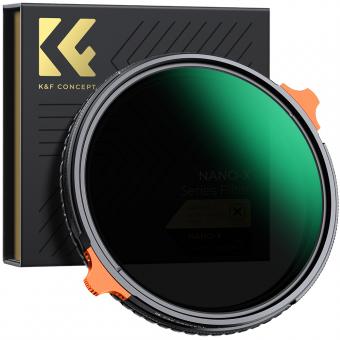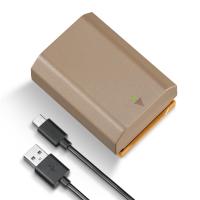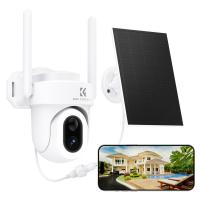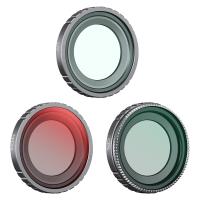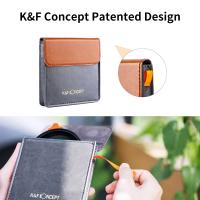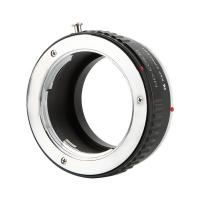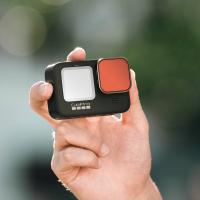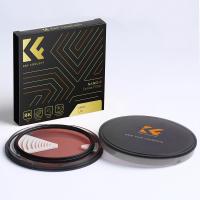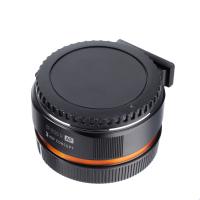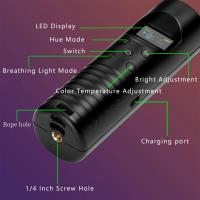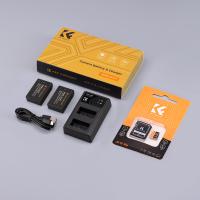What Is A Fld Filter Lens ?
A FL-D filter lens, also known as a fluorescent filter lens, is a type of optical filter used in photography to correct the color balance when shooting under fluorescent lighting. Fluorescent lights emit light with a greenish or bluish tint, which can result in color casts in photographs. The FL-D filter lens is designed to counteract this color shift by adding a magenta tint to the image. This helps to produce more accurate and natural-looking colors in the final photograph. FL-D filters are typically used in situations where the predominant light source is fluorescent, such as in indoor environments like offices, schools, or retail spaces.
1、 Definition and Function of FLD Filter Lens
A FLD filter lens, also known as a fluorescent light correction filter, is a type of lens filter used in photography and videography to correct the color balance when shooting under fluorescent lighting conditions.
Fluorescent lights emit a greenish or bluish light, which can result in an unnatural color cast in photographs or videos. The FLD filter lens is specifically designed to counteract this color cast by filtering out the excess green or blue light and restoring a more natural color balance to the image.
The FLD filter lens is typically made of high-quality optical glass or resin and is mounted on the front of the camera lens. It works by selectively absorbing the unwanted wavelengths of light, allowing only the desired colors to pass through. This helps to eliminate the green or blue color cast and produce more accurate and pleasing colors in the final image or video.
In recent years, with advancements in digital imaging technology, the need for FLD filter lenses has somewhat diminished. Many modern cameras and editing software now offer automatic white balance correction, which can effectively compensate for the color cast caused by fluorescent lighting. However, FLD filter lenses still find their utility in certain situations where manual white balance adjustment is preferred or when shooting with older cameras that lack advanced white balance features.
Overall, the FLD filter lens remains a useful tool for photographers and videographers who frequently work in environments with fluorescent lighting. It helps to ensure accurate color reproduction and enhances the overall quality of the captured images or videos.
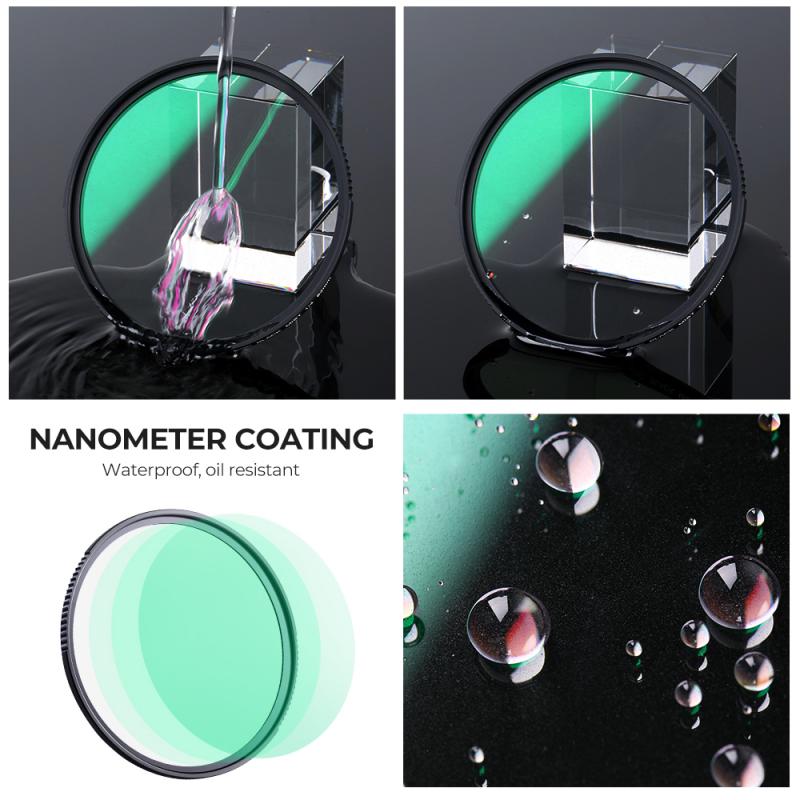
2、 Types and Variations of FLD Filter Lens
A FLD filter lens, also known as a fluorescent light correction filter, is a type of lens filter used in photography and videography to correct the color balance when shooting under fluorescent lighting conditions. Fluorescent lights emit a greenish or bluish light, which can result in an unnatural color cast in photographs or videos. The FLD filter lens is designed to counteract this color cast and produce more accurate and natural-looking colors.
The FLD filter lens works by absorbing the excess green and blue light emitted by fluorescent lights, thereby balancing the color temperature and eliminating the green or blue color cast. It achieves this by using a special optical coating that selectively filters out specific wavelengths of light. The result is a more neutral color balance, with whites appearing white and other colors appearing true to life.
There are various types and variations of FLD filter lenses available in the market, catering to different camera systems and lens sizes. Some FLD filters are screw-on filters that can be attached directly to the front of the lens, while others are square or rectangular filters that require a filter holder system. The latter allows for more flexibility in positioning the filter and using multiple filters simultaneously.
In recent years, advancements in digital post-processing software have made it possible to correct color balance issues in post-production. However, using an FLD filter lens during the capture stage can still be beneficial, as it helps to achieve more accurate colors straight out of the camera, reducing the need for extensive color correction in post-processing.
Overall, the FLD filter lens is a valuable tool for photographers and videographers working in environments with fluorescent lighting, ensuring accurate color reproduction and enhancing the overall quality of their images and videos.
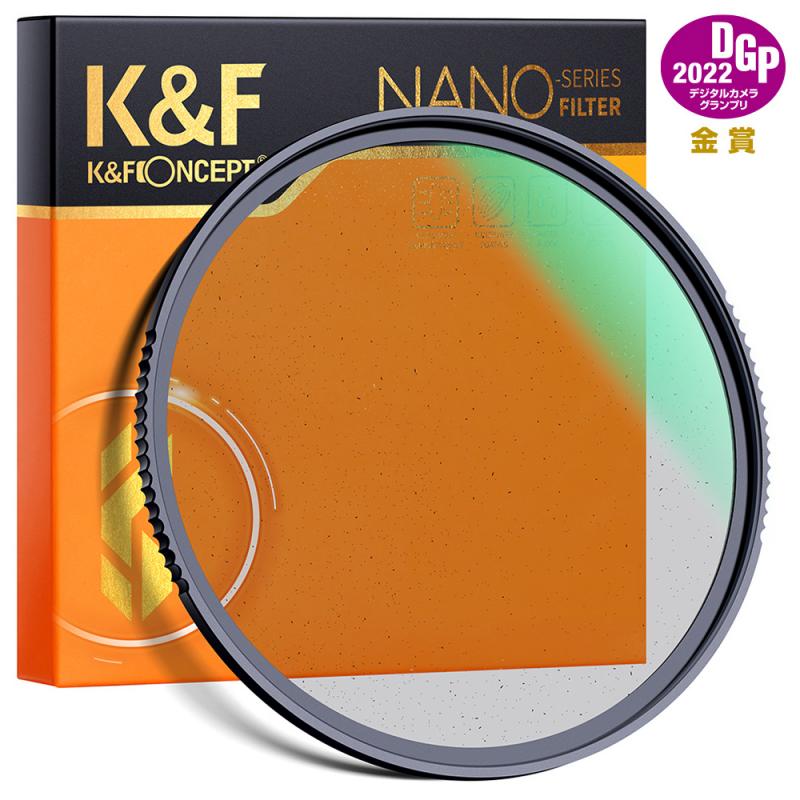
3、 Applications and Benefits of FLD Filter Lens
A FLD filter lens, also known as a fluorescent light correction filter, is a type of lens filter used in photography and videography to correct the color balance when shooting under fluorescent lighting conditions.
Fluorescent lights emit a greenish or bluish light, which can result in an unnatural color cast in photographs or videos. The FLD filter lens is designed to counteract this color cast by filtering out the green or blue light and allowing the camera to capture more accurate colors.
The FLD filter lens is typically made of high-quality optical glass or resin and is available in various sizes to fit different camera lenses. It is usually attached to the front of the lens using a screw-in or slide-on mechanism.
The applications of FLD filter lenses are particularly useful in indoor photography or videography settings where fluorescent lighting is prevalent, such as in offices, schools, or retail spaces. By using an FLD filter lens, photographers and videographers can achieve more natural and accurate color reproduction in their images or videos.
The benefits of using FLD filter lenses include improved color accuracy, reduced color cast, and enhanced overall image quality. These filters can help photographers and videographers save time and effort in post-processing by minimizing the need for color correction adjustments.
In recent years, with the advancements in digital imaging technology, some argue that the need for FLD filter lenses has diminished. Modern cameras often have built-in white balance settings that can effectively correct the color cast caused by fluorescent lighting. However, FLD filter lenses can still be beneficial in certain situations, especially when shooting with older cameras or in challenging lighting conditions.
In conclusion, a FLD filter lens is a valuable tool for photographers and videographers working in environments with fluorescent lighting. While the necessity of these filters may have decreased with technological advancements, they can still provide significant benefits in achieving accurate color reproduction and improving overall image quality.

4、 Factors to Consider When Choosing an FLD Filter Lens
Factors to Consider When Choosing an FLD Filter Lens
An FLD filter lens is a type of lens filter that is used in photography to correct the color temperature of light sources. It is specifically designed to counteract the greenish cast that is often present in fluorescent lighting. When shooting under fluorescent lights, the FLD filter lens helps to produce more accurate and natural-looking colors in the final image.
When choosing an FLD filter lens, there are several factors to consider:
1. Compatibility: Ensure that the FLD filter lens is compatible with your camera lens. Check the filter thread size of your lens and make sure it matches the size of the FLD filter lens.
2. Quality: Look for a high-quality FLD filter lens that is made from optical glass or resin. This will ensure that it effectively corrects the color temperature without degrading the image quality.
3. Coating: Consider an FLD filter lens that has multi-coating or anti-reflective coating. This helps to reduce flare and ghosting, resulting in sharper and clearer images.
4. Price: Consider your budget when choosing an FLD filter lens. While there are expensive options available, there are also more affordable alternatives that still offer good quality.
5. Latest Point of View: In recent years, there has been a shift towards using digital post-processing techniques to correct color temperature issues. Some photographers argue that using software like Adobe Lightroom or Photoshop can achieve similar results to using an FLD filter lens. However, it is important to note that using a physical filter can save time and effort in post-processing, especially when shooting in challenging lighting conditions.
In conclusion, when choosing an FLD filter lens, it is important to consider factors such as compatibility, quality, coating, price, and the latest point of view. By taking these factors into account, you can select an FLD filter lens that suits your needs and helps you capture accurate and vibrant colors in your photographs.
